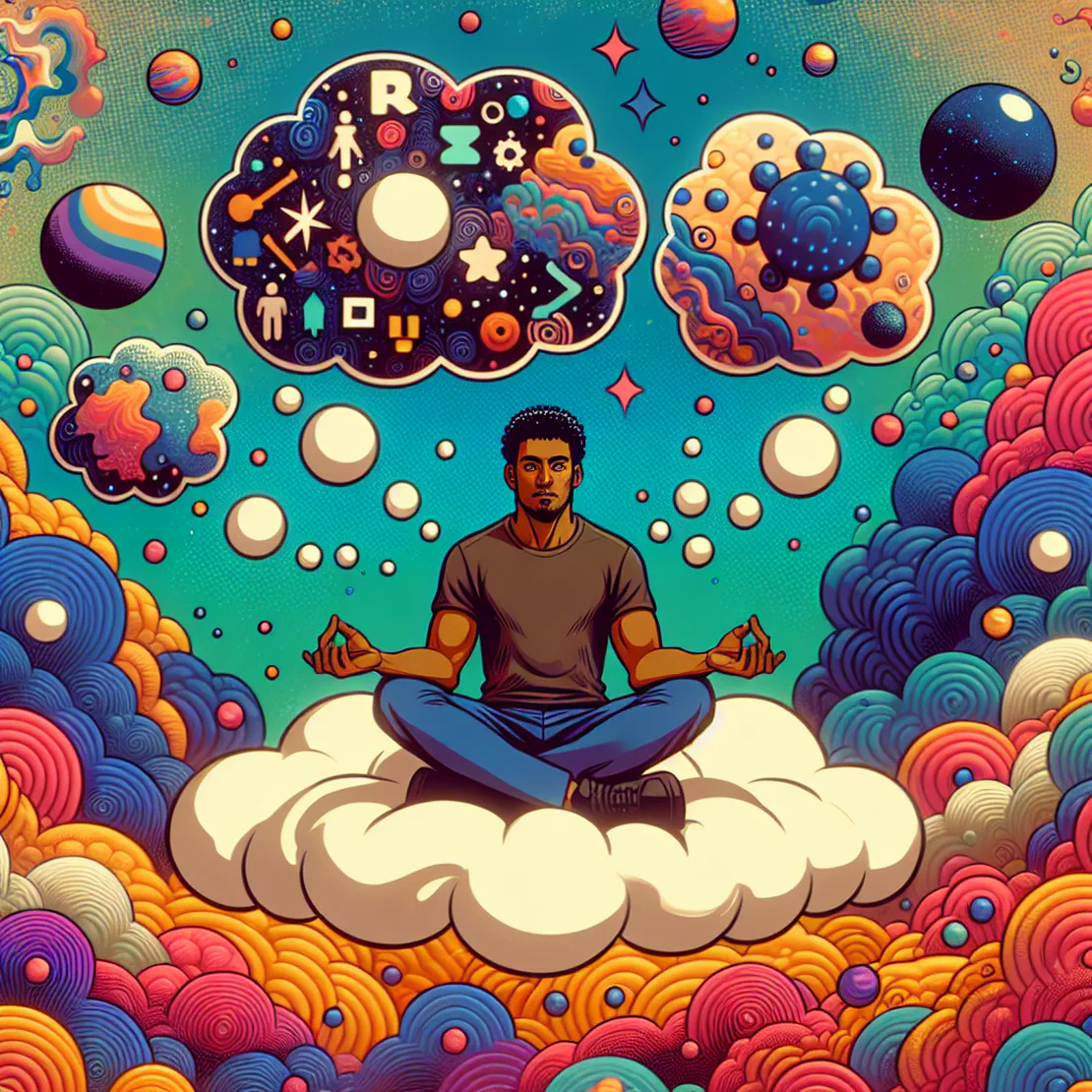
#838 - Dr Paul Eastwick - What Do People Really Want In A Partner?
- Modern Wisdom
- Preferences , Attractiveness , Matching , Relationships , Data
- September 14, 2024
Table of Contents
At a Glance
-
Gender Preferences in Partner Selection - “Men will consistently say they like attractiveness more than women. Women will say they like earning potential more than men.” This point is significant as it highlights traditional gender stereotypes in partner preferences, which are still prevalent despite societal changes.
-
Insight into Individual Preferences - “What do they like that makes them different from other people?” This question is crucial as it delves into the unique preferences that differentiate one person’s desires from another’s, moving beyond general traits to more personalized attributes.
-
Discrepancies in Stated vs. Revealed Preferences - “People really seem to have a strong revealed preference for a good lover even though that kind of ends up being about 12th in their stated preferences overall.” This discrepancy is interesting because it shows that what people claim to prioritize in partners can differ significantly from their actual choices, suggesting subconscious desires or societal pressures influencing stated preferences.
-
Impact of Social Networks on Dating - “Exponentials occur in social networks as well.” This point is important as it emphasizes the role of expanding social circles in dating, suggesting that broadening one’s social network can significantly increase dating opportunities.
-
Challenges of Changing Preferences - “It’s pretty hard to change in a deliberate way. People’s ideas about what they want.” This highlights the difficulty in altering what individuals seek in partners, pointing to deep-seated preferences possibly rooted in cultural or biological factors.
-
Humorous Take on Relationship Dynamics - “Jane Austen… they’re like, everybody’s gold digging.” This funny remark connects historical literary observations with modern discussions on partner selection, humorously noting that some social dynamics remain consistent through time.
-
Emotional Complexity in Relationships - “Sometimes you just sort of fall in love with somebody and you have no idea why.” This point captures the unpredictable and often inexplicable nature of love, which can defy logical patterns or preferences studied in research.
What to Do
-
‘Change the way people think about themselves’ - Changing self-perception can alter how individuals interact and respond in relationships, potentially leading to more positive interactions and outcomes.
-
‘Focus on positive dispositions towards partners’ - Emphasizing and nurturing positive feelings in a relationship can predict its longevity and the overall health of the individuals involved.
-
‘Recognize and reflect on relationship turning points’ - Being aware of significant moments in a relationship can help individuals understand their feelings and decisions, which can lead to stronger bonds or necessary changes.
-
‘Understand the difference between stated and revealed preferences’ - Recognizing the difference between what people say they want and what they actually respond to can lead to more authentic and satisfying relationships.
-
‘Explore effective preferences for long-term compatibility’ - Beyond initial attraction, understanding which traits contribute to long-term satisfaction can help individuals make better choices in partners.
-
‘Value social connections and networks’ - Engaging in broader social activities can increase the chances of meeting compatible partners and reduce the focus on superficial traits emphasized in initial impressions.
-
‘Embrace the unpredictable nature of love’ - Accepting that love is not always predictable or logical can help individuals be more open to genuine connections that don’t necessarily fit their predefined criteria.
What to Get
-
Speed dating events - Used as a method to gather data on revealed preferences in romantic contexts.
-
Surveys - Utilized to collect data on stated preferences regarding traits in potential partners.
-
Self-report scales - Employed to measure attributes and preferences in study participants.
-
Trait rating scales - Used in surveys to assess how much participants value certain attributes in an ideal partner.
-
Online dating services - Mentioned as platforms where big data could potentially improve matchmaking accuracy.
-
Matchmaking algorithms - Discussed in the context of their effectiveness and potential use in predicting romantic compatibility.
-
Personality scales - Used to describe individuals in research, potentially capturing unique personal characteristics that standard scales might miss.
-
Evolutionary psychology studies - Referenced for understanding gender differences and preferences in mate selection.
-
Sociological research - Cited as the origin of inquiries into gender-based attribute preferences.
-
Mate evaluation theory - Explored to understand how people assess potential partners and the effectiveness of different traits over the long term.
-
Cognitive psychology concepts - Such as motivated reasoning, used to explain how personal biases affect the perception of partners.
-
Close relationships research - Focused on how positively people feel about their partners and the predictors of relationship success or failure.
Summary
In this engaging podcast episode, Dr. Paul Eastwick, a psychologist and researcher, delves into the intriguing discrepancies between what people claim they desire in a partner versus their actual preferences, as revealed by one of the largest studies of its kind. The discussion opens with an exploration of the key traits people genuinely seek in relationships, highlighting the often stark contrast between stated and revealed preferences. This discrepancy raises questions about self-awareness and the influence of societal norms on our expressed desires in mate selection.
Throughout the episode, Dr. Eastwick and the host discuss the implications of these findings for online dating platforms and relationship dynamics. They ponder whether algorithms could ever accurately predict long-term compatibility, given that initial attraction and long-term satisfaction may hinge on different qualities. The conversation also touches on the biases that affect how we evaluate potential partners and the role of big data in improving matchmaking processes.
An interesting point of discussion revolves around the concept of “mate retention” versus “mate attraction.” Dr. Eastwick suggests that while much focus is traditionally placed on attracting a partner, the dynamics involved in maintaining a relationship are equally crucial. This leads to a broader conversation about the traits that contribute to long-term relationship success versus those that may initially attract us to someone.
The episode concludes with thoughts on the future of dating and relationships, considering how societal changes and technological advancements might influence romantic connections. Dr. Eastwick’s insights provide a thought-provoking look at the complexities of human relationships and the psychological factors that drive our interactions in the realm of love and companionship.


